500 artifacts unearthed at Changzhou's Jiaopuxiang site
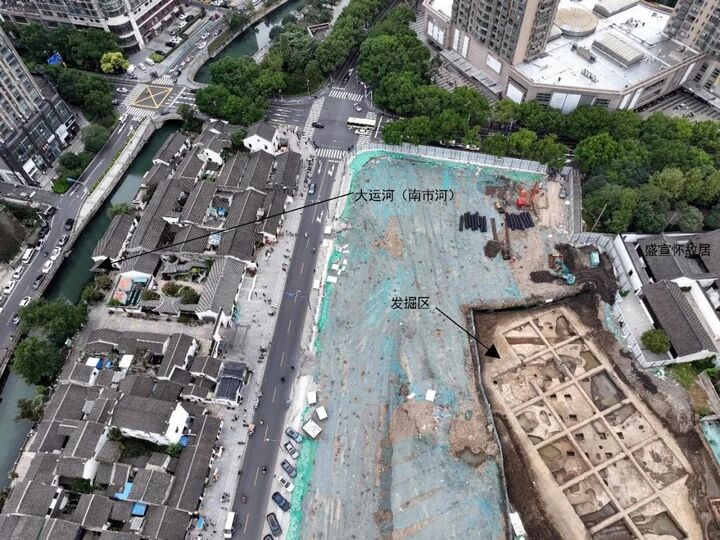
(Photo courtesy of Changzhou Daily)
More than 500 cultural relics dating from the Spring and Autumn Period (770–476 BC) to the Ming (1368-1644) and Qing (1644-1911) dynasties have recently been unearthed at the Jiaopuxiang site in Changzhou City.
Located on Nandajie Street in Zhonglou District, the site lies at the intersection of the Grand Canal and the central axis of ancient Changzhou. The excavation, covering an area of approximately 3,000 square meters, revealed remains of ancient city walls, courtyards, roads and drainage facilities.
Artifacts uncovered include porcelain, pottery, metalware, lacquered wood items, bone objects, and stone tools.
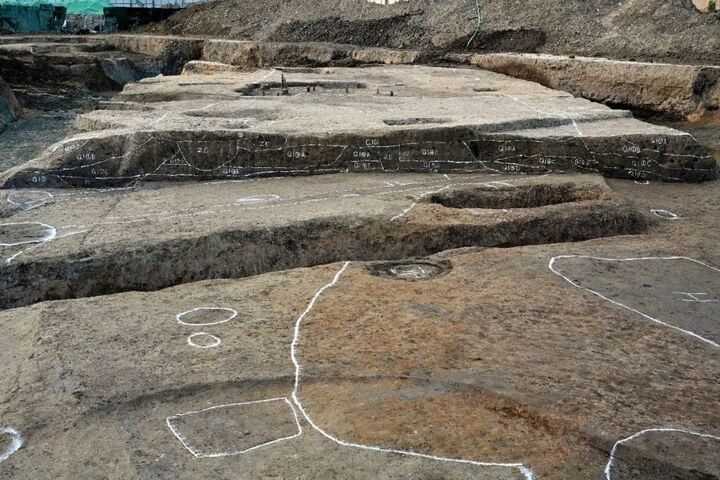
More than 500 cultural relics dating from the Spring and Autumn Period (770–476 BC) to the Ming (1368-1644) and Qing (1644-1911) dynasties have recently been unearthed at the Jiaopuxiang site in Changzhou City.
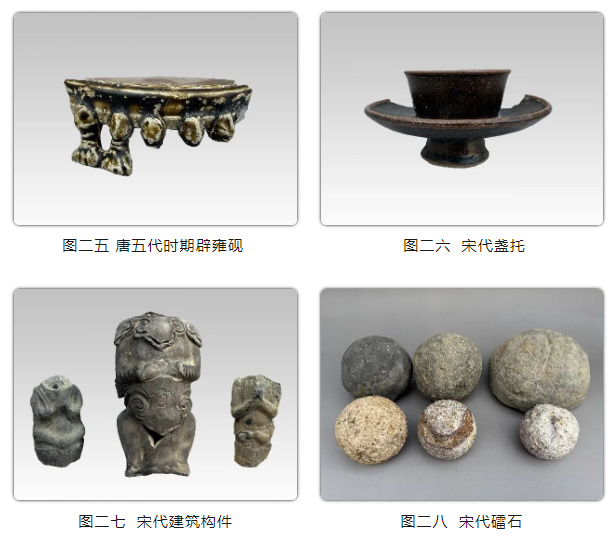
More than 500 cultural relics dating from the Spring and Autumn Period (770–476 BC) to the Ming (1368-1644) and Qing (1644-1911) dynasties have recently been unearthed at the Jiaopuxiang site in Changzhou City.
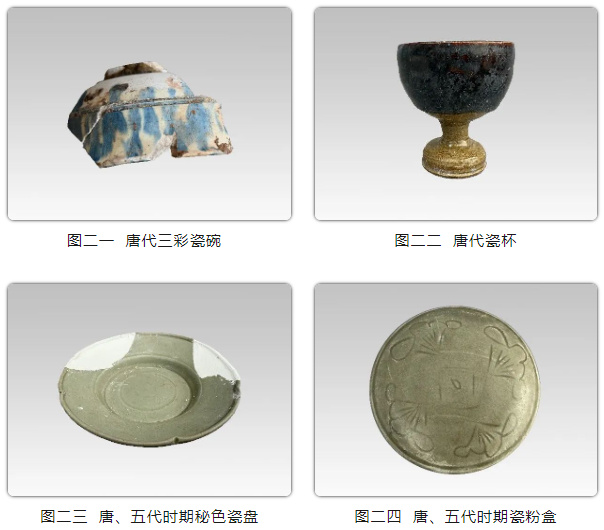
More than 500 cultural relics dating from the Spring and Autumn Period (770–476 BC) to the Ming (1368-1644) and Qing (1644-1911) dynasties have recently been unearthed at the Jiaopuxiang site in Changzhou City.
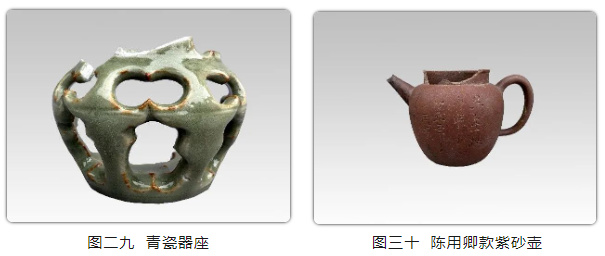
More than 500 cultural relics dating from the Spring and Autumn Period (770–476 BC) to the Ming (1368-1644) and Qing (1644-1911) dynasties have recently been unearthed at the Jiaopuxiang site in Changzhou City.
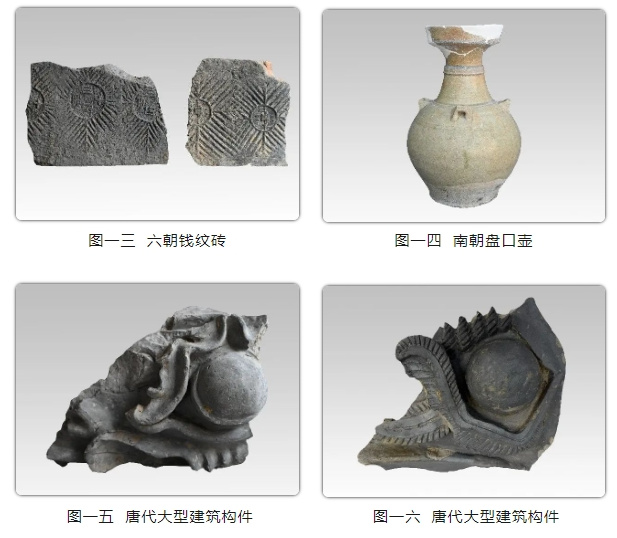
More than 500 cultural relics dating from the Spring and Autumn Period (770–476 BC) to the Ming (1368-1644) and Qing (1644-1911) dynasties have recently been unearthed at the Jiaopuxiang site in Changzhou City.
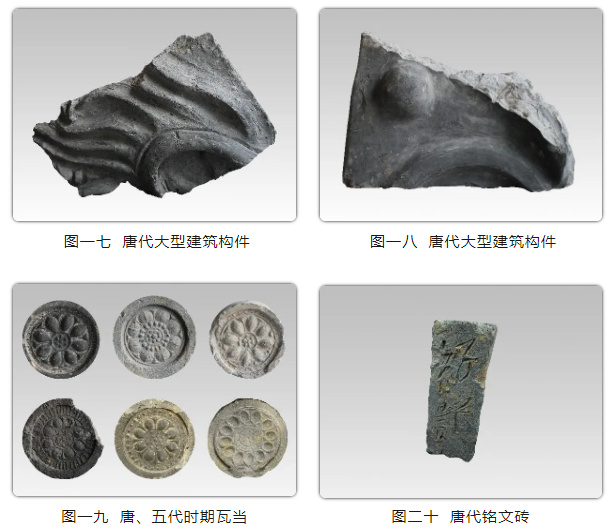
More than 500 cultural relics dating from the Spring and Autumn Period (770–476 BC) to the Ming (1368-1644) and Qing (1644-1911) dynasties have recently been unearthed at the Jiaopuxiang site in Changzhou City.